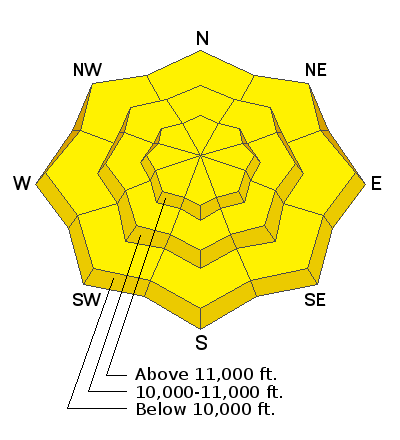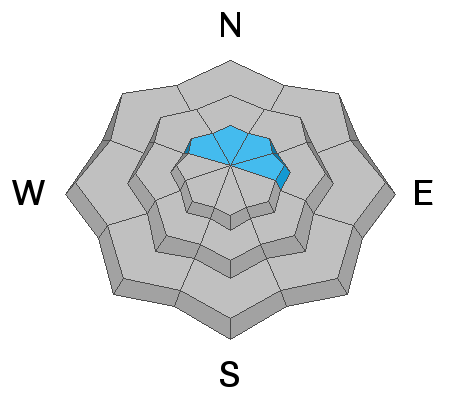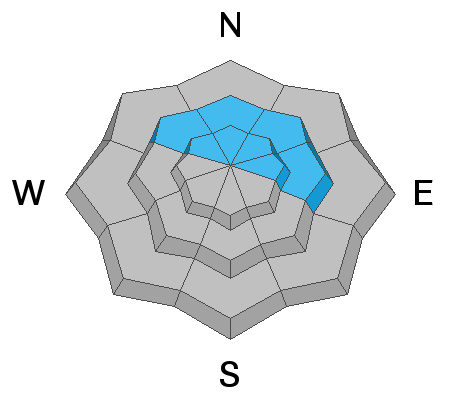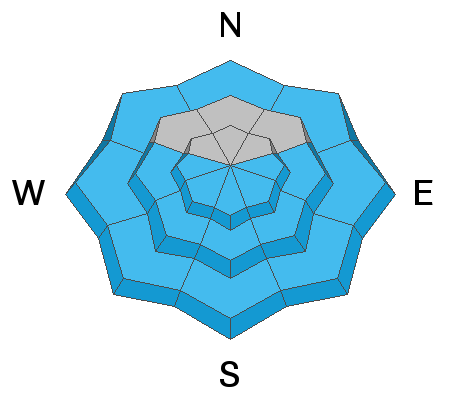Road Conditions: The road has not been plowed but lots of traffic has been up. Expect snow on the upper end with conditions turning muddy and sloppy as the day heats up.
Grooming: Trails have not been groomed.
Information on outdoor recreation - The State of Utah created this
webpage with information about recreating on both state and federal public lands during the current health crisis.
January 5, 2019 - Read this
collection of 6 stories and a podcast about that day with a low avalanche danger, 8 skier triggered avalanches, four catch and carries...a partial and critical burial, and a trip to the emergency room.
24 Hour Snow T" Weekly Snow 12" Base Depth in Gold Basin 70" Wind SW 10-20 Temp 18F
Weather: Trace amounts of snow fell in the mountains yesterday and NW winds were mostly light. Winds shifted to the SW overnight and bumped up into the 15-20 mph range. Today look for sunny skies and very warm temperatures with highs reaching up into the mid 40's. Wednesday will also be sunny and warm with increasing southwesterly winds. A Pacific low will produce clouds and a chance for snow on Thursday though most of the energy will be to the north.
Snowpack: Southerly winds on Sunday continued to blow and drift the 10"-12" of low-density snow that fell on Friday. March has brought a significant amount of snow with up to 3' falling since the 18th. All of this snow has piled up on a snowpack that in many areas is comprised largely of weak, sugary, faceted snow. Weak snow can be found on all aspects but the weakest snow exists on northerly facing slopes right around treeline and below. Alpine areas generally have a deeper and stronger snowpack, especially out in the middle of concave bowls. However, slope margins, wind-swept areas, and areas right around rocks, cliffs, or sub-ridges have a much thinner snowpack. Weak, faceted snow exists in these areas. The recent spate of natural and human triggered avalanches in the alpine have included areas of wind drifted snow that have propagated into areas with weak, faceted snow.
This video was made last week but if you haven't been following it still summarizes what's been happening up there this month.
No avalanche activity has been reported since last weekend.












